Thai Ancient Colours in a Modern Making.
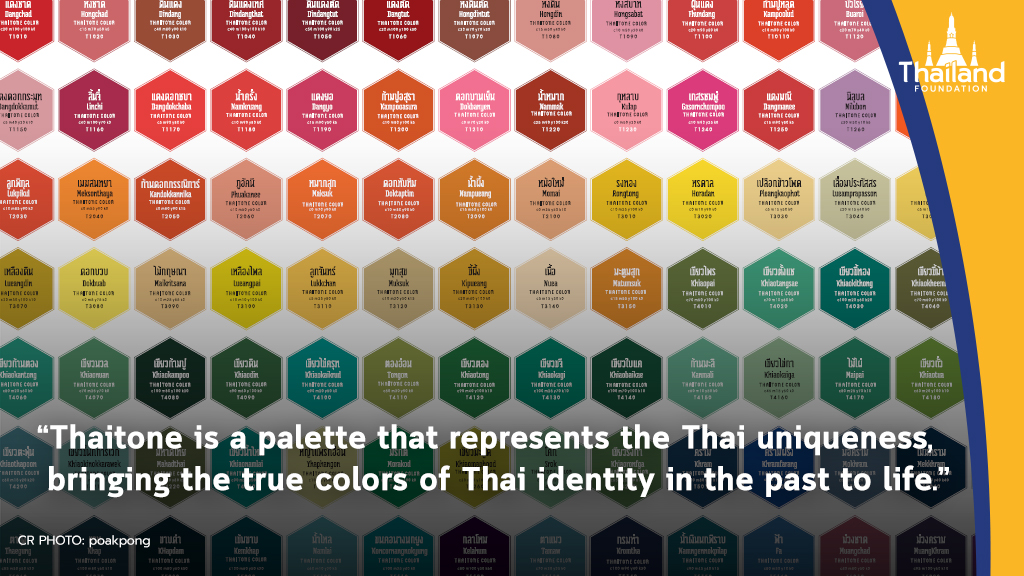
“It’s green. It’s blue. It looks greenish-blue…”
Have you ever found yourself thinking twice on what the actual colour of the object is? Or have you ever noticed you recognize instantly your favorite brand just by looking at their choice of colour?
Colour is one of the first features of art pieces that catches our attention. Thai art has its own style of colour shades that make it distinctive from western art.
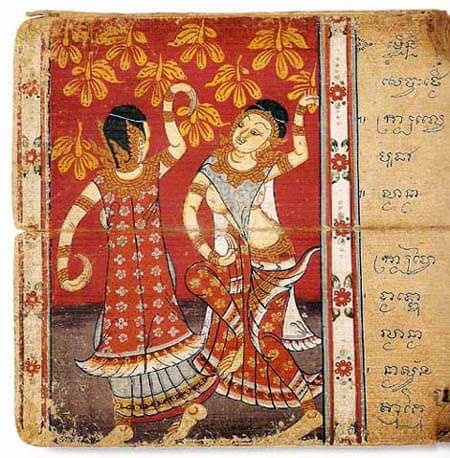
[cr. สอนสุพรรณ – OK NAtion Blog]
Technology has enabled us to access and decypher the secret of these colours used by old masters. Nowadays Thai colours can be described in digital codes, such as CMYK code which is one of the most widely used systems in the printing industry is called CMYK Code.
The CMYK is a combined value of 4 colours: Cyan, Magenta, Yellow and Key or black. In the printing process, each colour uses percentage between 0-100, with all four fixed values. With a standard colour code, it is easier for artists to recreate the colour or indicate the preferred shade and tone on their art pieces.
The ancient colours reborn
Speaking of colour identity, Thai artists basically used Benjarong [เบญจรงค์] colours in traditional Thai art such in producing porcelain. Benjarong literally means five colours which are obtained from nature, giving red, yellow, blue, white and black colours.

Benjarong porcelain [cr. silpa-mag.com]
Thai artisans would mix these primary colours on their palette to create different shades or tones. Each colour tone was then called after natural creatures and objects that inspired the creation of that colour, such as plants, flowers or minerals.
Unfortunately, the way they name colours are usually known among limited circle and the same colour produced by different artists could have variations in its component and shade.
With over 10 years of study and the adoption of technology, Pairoj Pittayamatee a Thai graphic designer, has brought Thai ancient colours back to life. A digital device was used to analyze the colours of ancient crafts and paintings before these colours were created ones and grouped into a modern colour database, CMYK code.
This colour scheme of Thai ancient colours is called Thaitone. Its inclusion in the CMYK code is an initial yet big step for Thai ancient tones to be used in art and creative industry at international level.
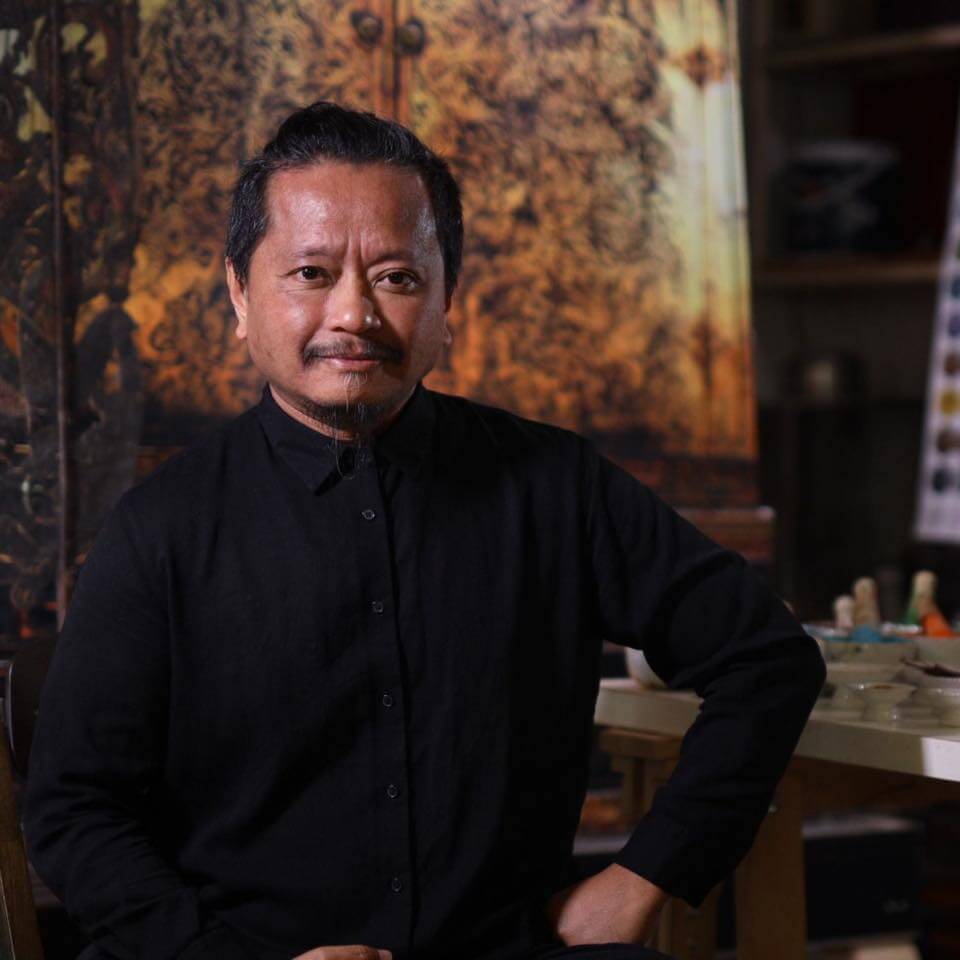 Pairoj Pittayamatee [cr. Facebook]
Pairoj Pittayamatee [cr. Facebook]
“Thaitone is a palette that represents the Thai uniqueness, bringing the true colours of Thai identity in the past to life.”
Pairoj says Thaitone palette portrays the true colours of Thai heritage. Every colour is named in Thai but written with English transliteration so as to accentuate its Thai identity and reflect the inspirations behind these shades and tones.
Thaitone is a rich palette, currently comprising 168 tropical shades that are individually marked with CMYK code for standard printing. Pairoj has also launched Thaitone watercolour and oil tubes in 25 hues of Thaitone and Adobe Illustrator format, a digital file that comes in CMYK code.
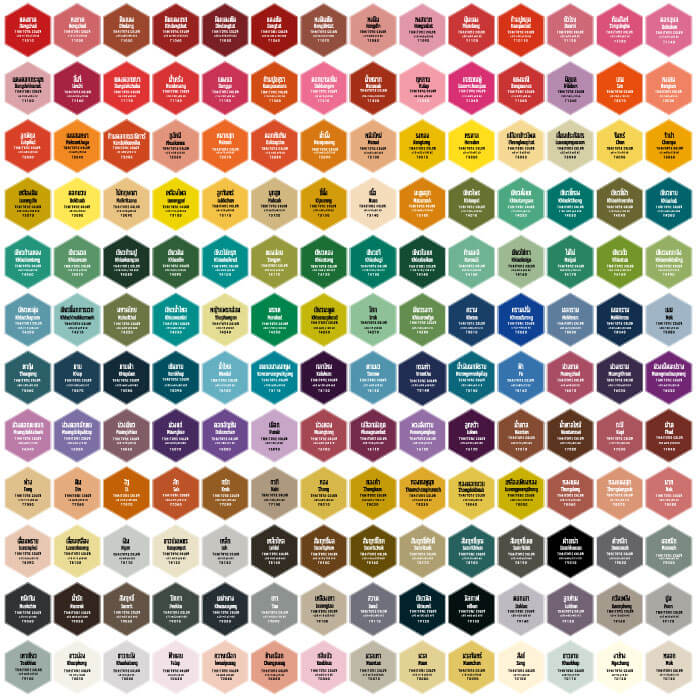
[FB: Thaitone]
He points out that Thaitone serves to 2 main objectives. First is to conserve ancient colours. Second is to promote them for modern use. Pairoj allows Thai designers and SME entrepreneurs to download Thaitone digital file for free to potentiate Thai entrepreneurs to strengthen their brand identity.
For instance, Some Thai brands have already used Pairoj’s Thaitone colour scheme to feature their products, like textiles and industrial paints. This proves that Thaitone palette can be used in industrial production as well.
What were Thai ancient colours like before CMYK?
Thai ancient colours that we may have seen or heard of, such as the colours of Benjarong porcelain and the elaborate colours on mural paintings in Thai temples, were extracted from plants, animals, soil, rocks, and various minerals. These natural substances produced primary Benjarong colours of red, yellow, blue, white and black.
The names of these five colours below are relevant in Thaitone scheme. Let’s take a look on some examples of these primary colours and how they were made:
Dangchad is a brilliant red colour from the cinnabar mineral. Dangchad is considered a master colour in Thai art and has been popularly used. Many Asian cultures regard it as symbolizing good luck, passion and rituals. Dangchad can be seen in many mural paintings and objects in Thai and Chinese cultures.
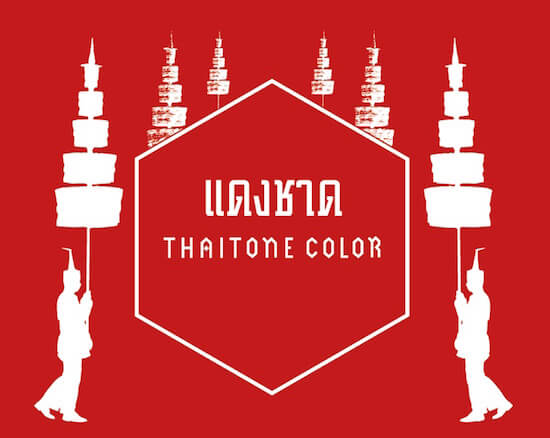 [FB: Thaitone]
[FB: Thaitone]
Rongthong is a bright shade of yellow which is one of the four Thai master colours. The colour is derived from the sap of the gamboge tree which can be used as lacquer or paint without mixing glue.
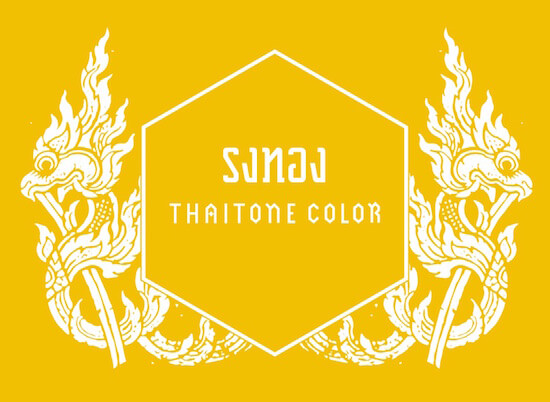 [FB: Thaitone]
[FB: Thaitone]
Khram or Indigo Blue is extracted from the Indigofera tinctoria plant or commonly known as Indigo. In Thailand, Sakon Nakhon province is famed for its local wisdom of indigo dye, which has been handed down through generations. The dying process includes the micro-organism that lives in the tanks with the indigo leaves and is created through the fermentation of ashes, herbs and some sugar. The resulting organic compound is a precursor to the indigo dye.
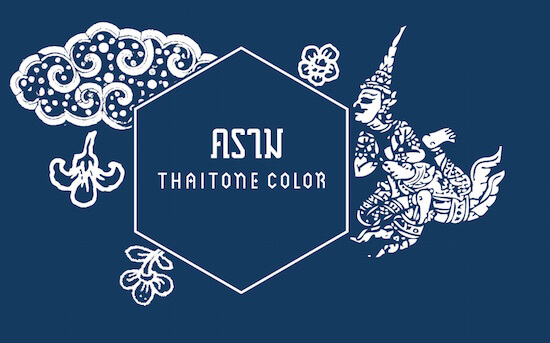 [FB: Thaitone]
[FB: Thaitone]
Damkhamao or colour of soot, gives black pigment and smoky shades. Thai artisans would use a bristle to brush the soot and mix with glue for painting.
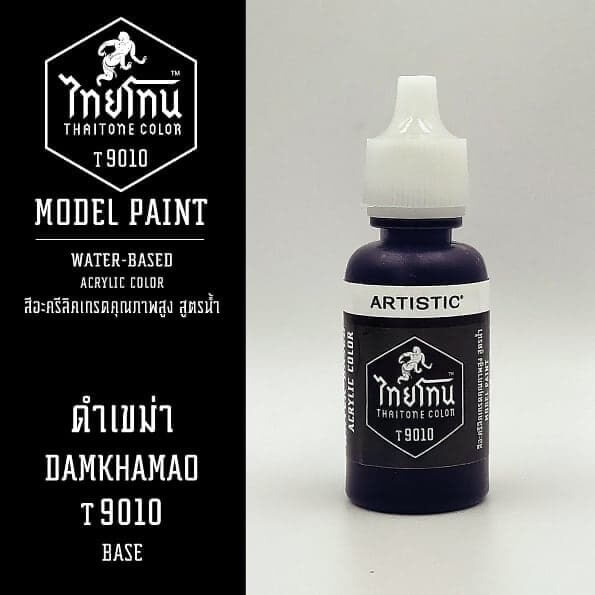 [FB: Thaitone]
[FB: Thaitone]
Khaokabung is a slightly grayish-white colour. The colour is made from the thick white clay called Braytar which is soaked in water then filtered and finely grounded into tempera pigments, then mix with glue for painting.
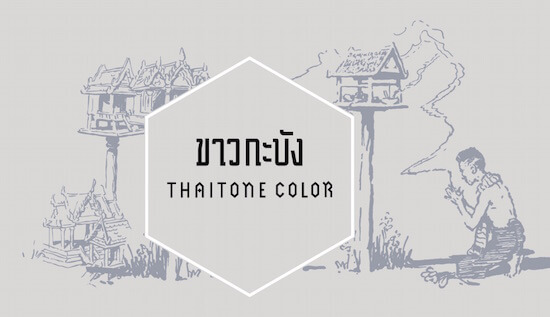 [FB: Thaitone]
[FB: Thaitone]
Pairoj has released 168 Thaitone colours and is still working continuously to add new shades. He encourages Thai artists and SME entrepreneurs to use colours from this scheme as much and far as possible. He believes Thaitone can echo Thai culture and identity through the choice of colour.
“It’d be so amazing if Thaitone became the universal language of palette.”
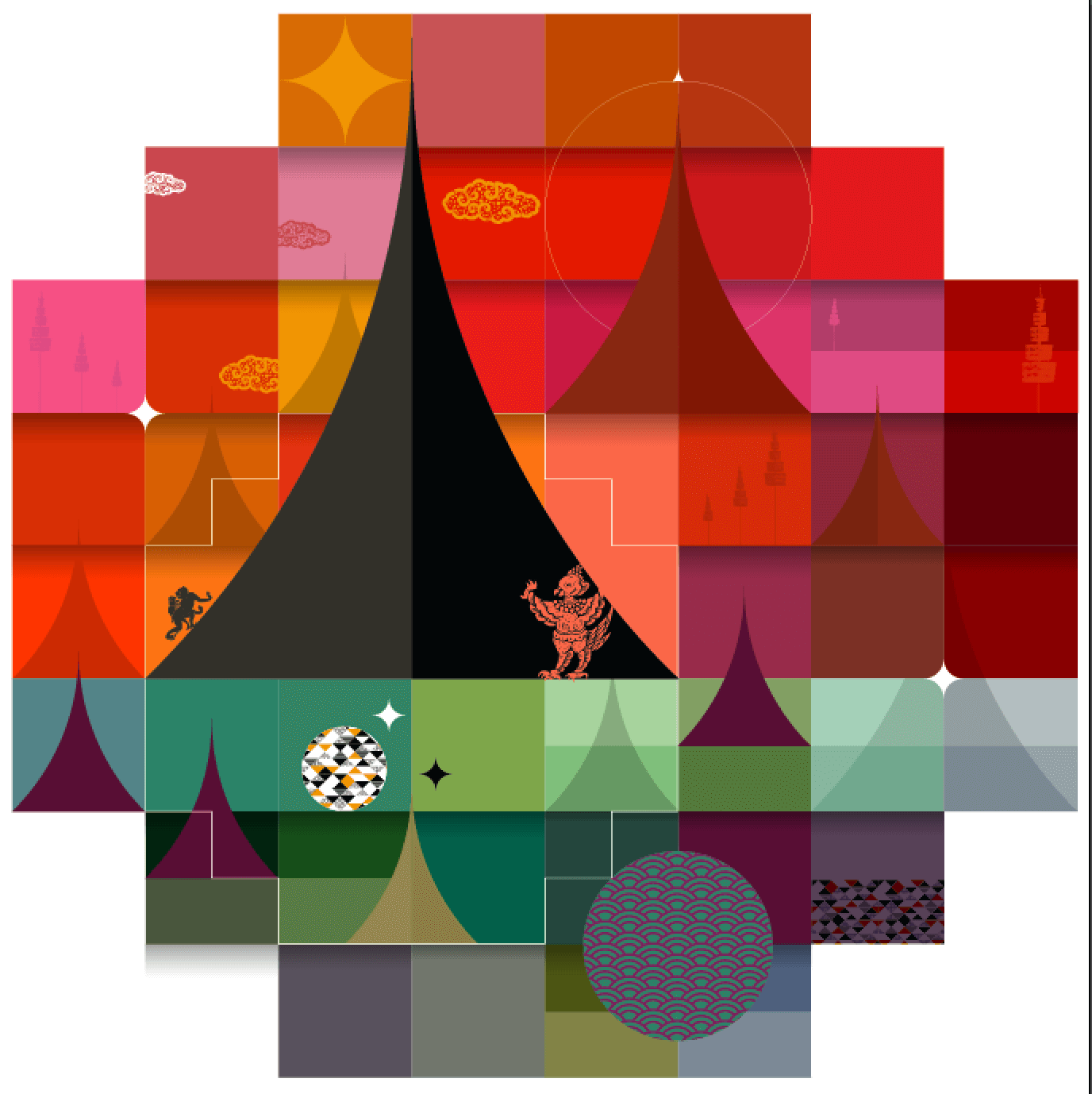 [FB: Thaitone]
[FB: Thaitone]
Sources:
https://www.facebook.com/thaitonecolor/
https://thaitones.onemore.group/
https://toagroup.com/docs/default-source/ideacolor/e-catalog-toa-thaitone.pdf
Author: Phimnara Kamonsinmahat
Special thanks to Dr. Pairoj Pittayamatee


